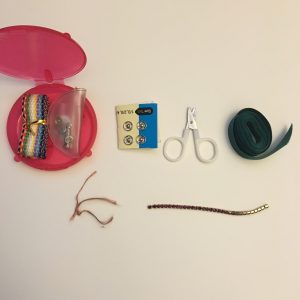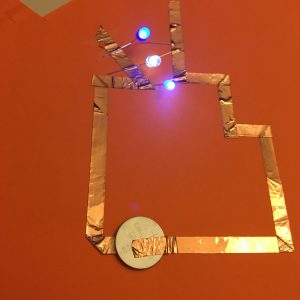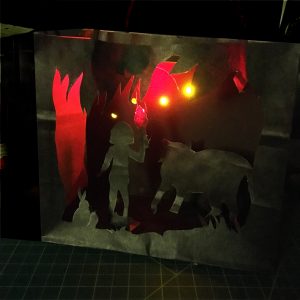1) Before next class, I would like you to try learning a new craft. That’s it. NO electronics. Make a swatch (small example) that comes out of your learning. This could include any of the following:
- sewing (by hand or on the machine)
- embroidery
- knitting
- crocheting
- draping
- paper engineering
- woodworking
- silkscreening
- surface design / fabric printing
- etc, etc, etc
Here are some tutorials from last year as inspiration (also, this was a much longer project last year – you do NOT need to go into this depth). There are also a TON of tutorials if you hit the Googles.
- Needle felting
- Weaving (link to laser cut files for a backstrap loom)
- Crochet
- Machine sewing
2) Create a post with an image of your swatch and reflect on the following questions.
After doing all of the above, write a blog post that answers the questions below. It doesn’t have to be long, but I would like you to spend a good amount of time reflecting on these:
- How do you identify / classify yourself? Choose as many as you would like from the following and feel free to add to it. Briefly explain why you chose them.
- storyteller
- maker
- engineer
- coder
- designer
- artist
- learner
- hacker
- research
- educator
- gamer
- craftsperson
- [other?]
- What is your favorite tool and why? (I’m going to put one restriction on this – you’re not allowed to say computer 🙂
- Reflect on your experience trying out a new craft. Some questions you could address: What did you like about the process? What was frustrating? What insight did you gain? What advice would you give to someone?



